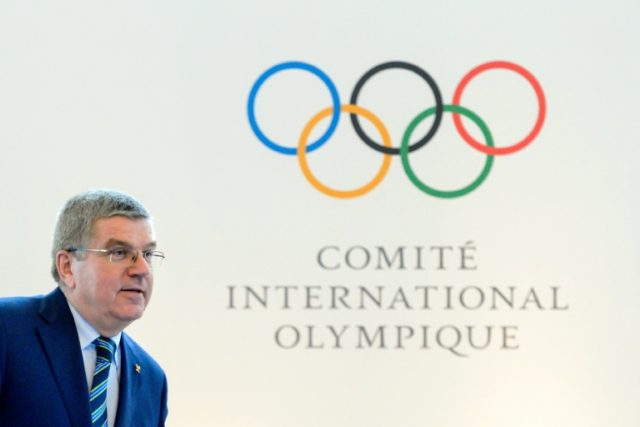The International Olympic Committee (IOC) caught 45 more suspected dopers by subjecting old urine samples to new tests in a second round of reviewing.
The IOC retested 524 samples from the Beijing’s 2008 games and London’s 2012 games in the latest reexaminations. The IOC classifies the 30 cases from the Beijing games as “provisional adverse analytical findings” and the 15 cases from London as “adverse analytical findings.” The group looked at three times the number of samples from the 2008 Summer Olympics in this latest round as they did from the 2012 Summer Olympics.
“The second wave of the Beijing 2008 retests focused mainly on medallists, as will subsequent testing,” reads an IOC release. “Of the 30 latest PAAFs from Beijing 2008, 23 were medallists. The 30 athletes were from four sports and eight National Olympic Committees (NOCs). The 15 athletes with AAFs from London 2012 represented two sports and 9 NOCs.”
In the first wave of retesting, the IOC found 53 suspected cheaters among the 719 samples retested. In total, the IOC discovered 98 cheats among the 1,243 reexamined urine samples for about an eight percent failure rate. This comes atop the athletes who already popped positive under the technology available at the time of the respective games.
The IOC promises a third and fourth wave of testing utilizing technology not available at the games in 2012 and 2008. The group seeks to take away medals from malefactors and ban them from participating in Rio. The IOC also hopes the testing deters future would-be cheaters from doping by making it clear that the technology would someday catch them.
For legals reasons, the IOC refuses to divulge suspected cheaters until their appeals process plays out.
IOC President Thomas Bach maintained in a statement, “The new reanalysis once again shows the commitment of the IOC in the fight against doping.”

COMMENTS
Please let us know if you're having issues with commenting.